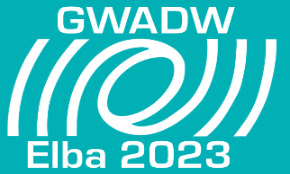Speaker
Description
One of the design goals of Einstein Telescope (ET) is to extend the observation band of terrestrial gravitational wave detectors from 20 Hz down to 2 Hz. Since the coupling of a detector to its environment becomes stronger at lower frequencies, characterization of environmental disturbances at the ET candidate sites is paramount. In this talk, we present the first long term analysis of the time-variant properties of the seismic field at the Sardinia candidate site connected to natural as well as anthropogenic phenomena. The analysis was carried out using the network of permanent and temporary instruments installed at the Sos Enattos Mine and at the proposed locations of the vertices of the ET triangle. We find that temporal variations of source distributions and of the noise spectra generally follow predictable trends in the form of diurnal, weekly, or seasonal cycles. Specific seismic sources were identified such as road bridges. Moreover, these studies underline the suitability of the Italian candidate site at hosting ET and reveal an exceptionally low level of vibrational noise below 10 Hz and resulting among the quietest seismic stations in the world in that frequency band.

